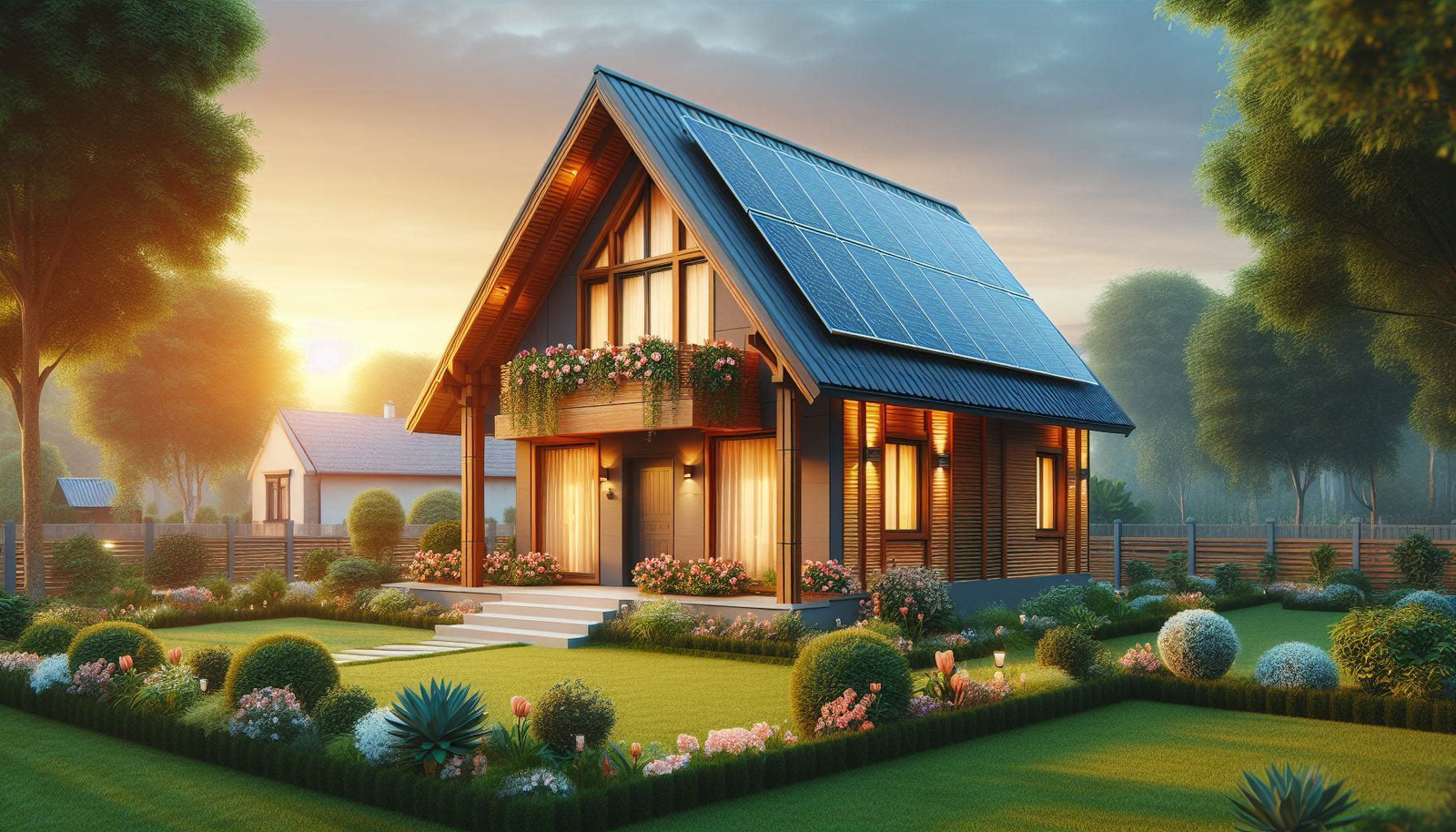Designing Fully Independent Homes: The Essence of Sustainable Architecture
In an era where environmental consciousness is paramount, fully independent homes that embrace sustainable architecture have become a beacon of hope. These dwellings not only minimize their ecological impact but also empower residents to live self-sufficiently. Let’s explore the essence of such homes and their significance in our rapidly changing world.
What Defines a Fully Independent House?
A fully independent house operates off-grid, relying on its own resources for energy, water, and waste management. Here are key features that characterize these remarkable abodes:
- Energy Autonomy: These homes generate their electricity through renewable sources like solar panels or wind turbines. Energy storage systems ensure uninterrupted power supply even during cloudy days or calm winds.
- Water Self-Sufficiency: Rainwater harvesting, well water, or natural springs provide water for daily needs. Efficient water management systems minimize wastage.
- Waste Recycling: Composting toilets, greywater recycling, and responsible waste disposal contribute to a closed-loop system.
- Natural Materials: Sustainable homes use locally sourced, non-toxic materials that blend harmoniously with the environment.
Inspiring Examples of Fully Independent Homes
- Black Barn, England:
- Designed by Studio Bark, this off-grid house is powered entirely by solar panels and bio-diesel.
- Its tapered form minimizes heat loss, while strategically placed glazing provides self-shading and cooling in summer.
- The Off-Grid Guest House, USA:
- Nestled in a Californian nature reserve, this Anacapa Architecture creation functions completely off the grid.
- Photovoltaic panels supply power, backed up by a propane generator. A private well and water treatment system ensure water independence.
- Lochside House, Scotland:
- Crafted by Haysom Ward Millar Architects, this rural cottage sits by a Highland lake.
- Solar panels generate electricity, and a borehole provides clean water, making it a serene off-grid retreat.
- House For All Seasons, China:
- Architect John Lin transformed a traditional Chinese courtyard house into an off-grid dwelling.
- Courtyards house a pig pen and a biogas boiler fueled by animal waste. Rainwater collection from the roof adds to its self-sufficiency.
The Impact and Future
Fully independent homes exemplify resilience, resourcefulness, and environmental stewardship. As we face climate challenges, these sustainable havens inspire us to rethink our lifestyles and embrace self-sufficiency. They are not just houses; they are beacons of hope for a greener, more harmonious world.
So, let’s build homes that not only shelter us but also nurture our planet. 🌿🏡
